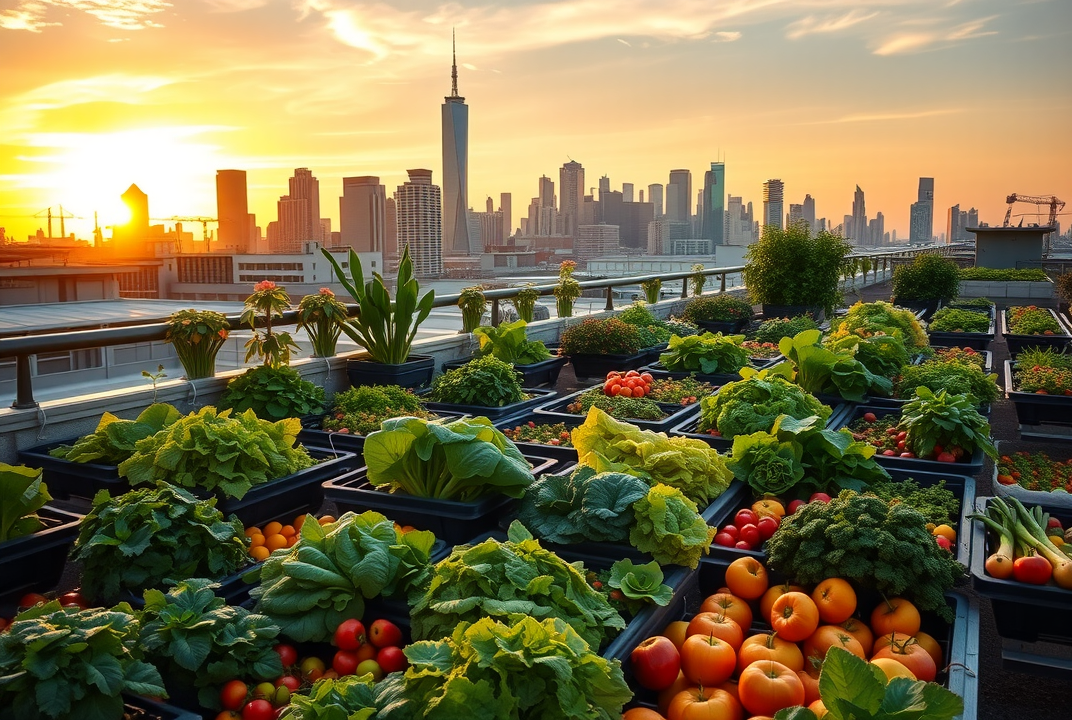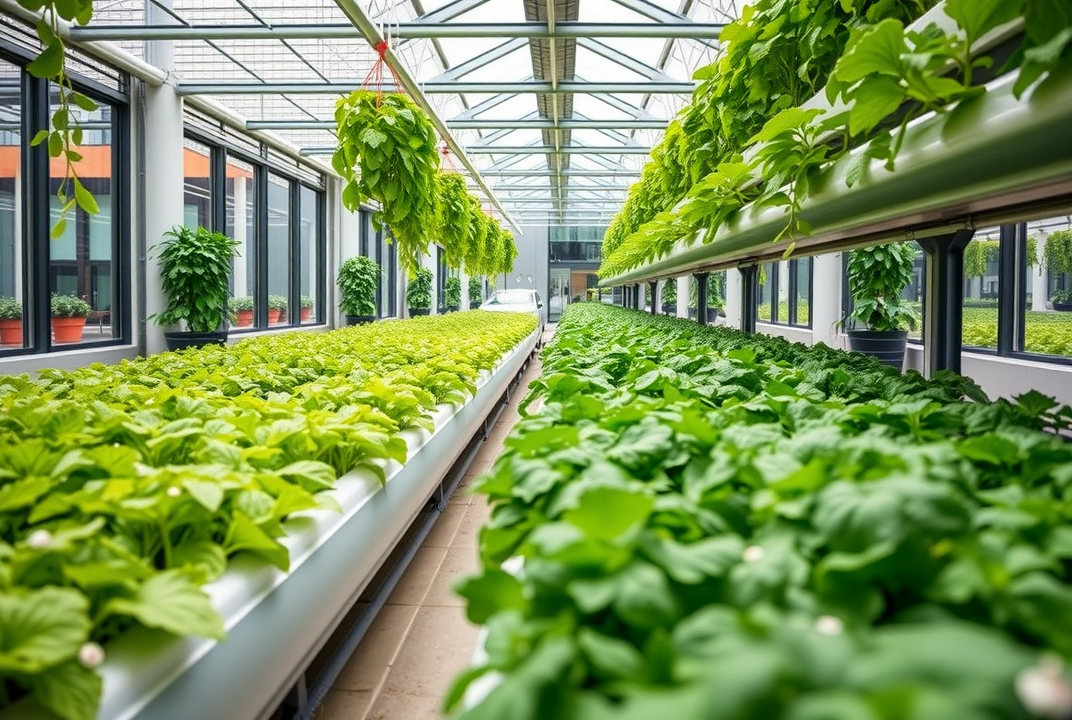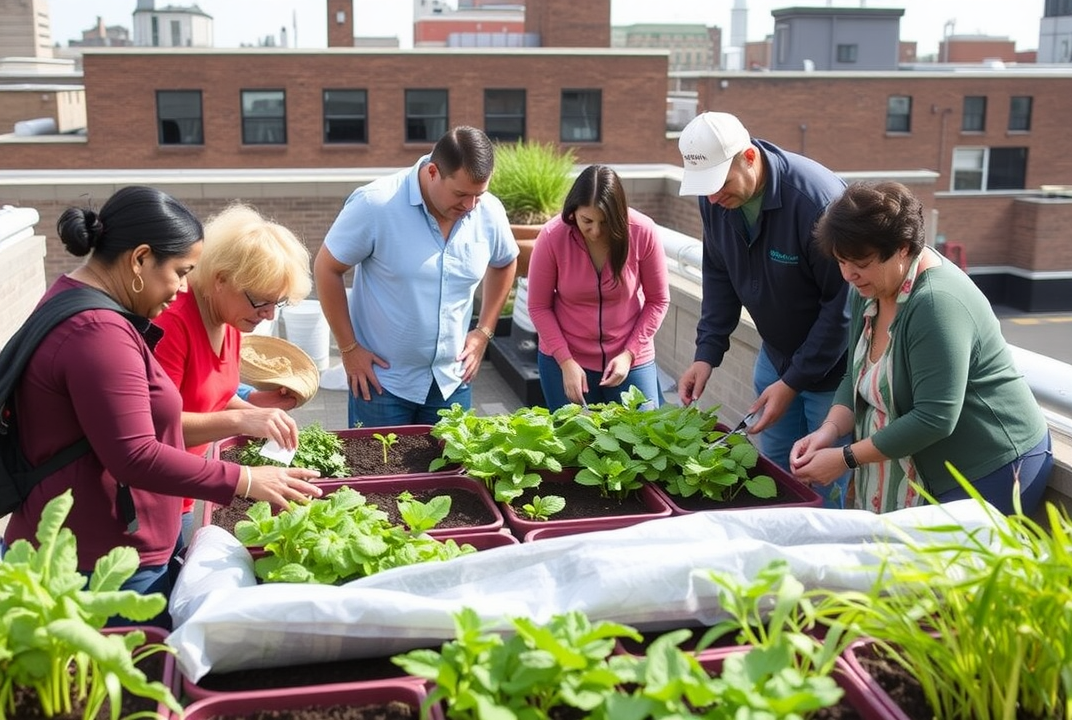Urban Agriculture: A Booming Market and Emerging Trends

Introduction
Did you know that urban agriculture is projected to be a billion-dollar industry by 2026? This intriguing fact underscores the rapid growth and significance of city-based farming practices. As more people flock to urban areas, the demand for locally-grown food continues to rise, prompting a vibrant market filled with innovation and opportunity.
In this article, you'll gain insights into the burgeoning urban agriculture market, its driving forces, and the key trends guiding its future. We'll explore everything from technological advancements to social movements, providing you with a comprehensive understanding of this promising field.
The Rise of Urban Agriculture
What is Urban Agriculture?
Urban agriculture involves growing, processing, and distributing food in and around urban areas. It encompasses various forms such as rooftop gardens, hydroponics, community gardens, and vertical farming. This practice not only provides fresh produce but also supports ecological sustainability and community well-being.
Why Is It Growing So Rapidly?
The rapid growth can be attributed to several factors:
-
Population Growth in Cities: As urban populations swell, there's an increased need for accessible, fresh food.
-
Environmental Concerns: With more focus on sustainability, urban agriculture presents a viable solution to reduce transportation emissions and lower food miles.
-
Economic Opportunities: From job creation to entrepreneurship, urban farming offers numerous economic benefits.
Key Trends Shaping Urban Agriculture
1. Technological Advancements
Innovations in technology are at the forefront of urban agriculture's growth. Systems like hydroponics and aeroponics allow for efficient farming without soil. Additionally, the use of drones and AI for monitoring crop health is becoming common.

2. Vertical Farming
Urban spaces are limited, leading to vertical farming—a method that utilizes stacked layers to grow plants. This not only maximizes space but also increases yield.
3. Community Involvement and Social Movements
Urban farming is fostering a sense of community. Projects often include local residents, encouraging social interaction and collective ownership. Movements focusing on food justice and equity are gaining traction, ensuring urban agriculture is accessible to all populations.
4. Increased Investment and Funding
Investors are keenly interested in this market, acknowledging its potential. Governments and private entities are funding urban farming projects that promise innovation and scalability.
Benefits and Challenges
Benefits of Urban Agriculture
-
Local Food Production: It reduces dependency on distant agriculture, providing fresher produce.
-
Enhanced Food Security: By increasing local supply, urban farming boosts food security for city dwellers.
-
Educational Opportunities: Schools and community organizations use urban farms as educational tools for teaching sustainability and nutrition.

Challenges Faced
Despite its growth, urban agriculture faces challenges such as limited land, zoning regulations, and initial investment costs. However, innovative solutions and supportive policies are gradually addressing these hurdles.
Future Prospects
Urban agriculture's future looks promising, with advancements continuing to emerge. Technology will play a pivotal role, enhancing efficiency and output. Moreover, increasing awareness about environmental issues and sustainability will continue to drive consumer interest and support.
Conclusion
The urban agriculture market represents a rapidly expanding frontier in sustainable food production. By understanding and engaging with the trends and opportunities, stakeholders can play a crucial role in shaping a resilient food system. Whether you're a budding entrepreneur, a policy maker, or a city dweller interested in sustainable living, the urban agriculture market offers a landscape ripe with potential.
Embrace the possibilities, and consider how urban agriculture could influence your community or business. With the right strategies and investments, the future of urban farming in cities looks brighter than ever.